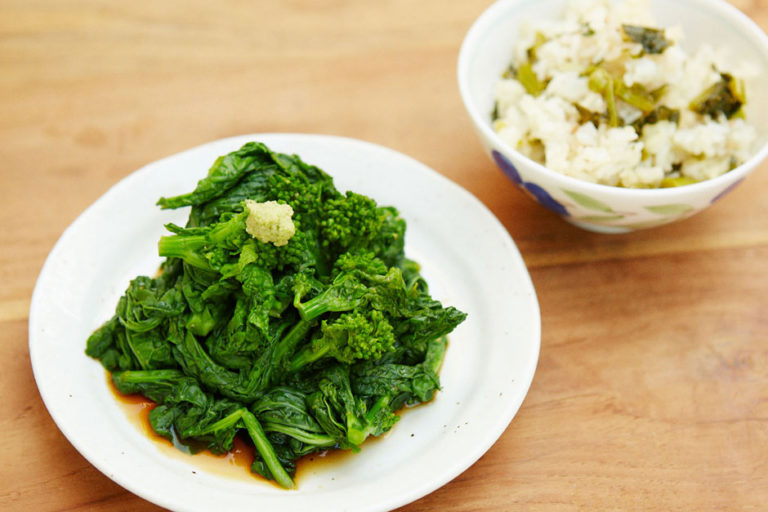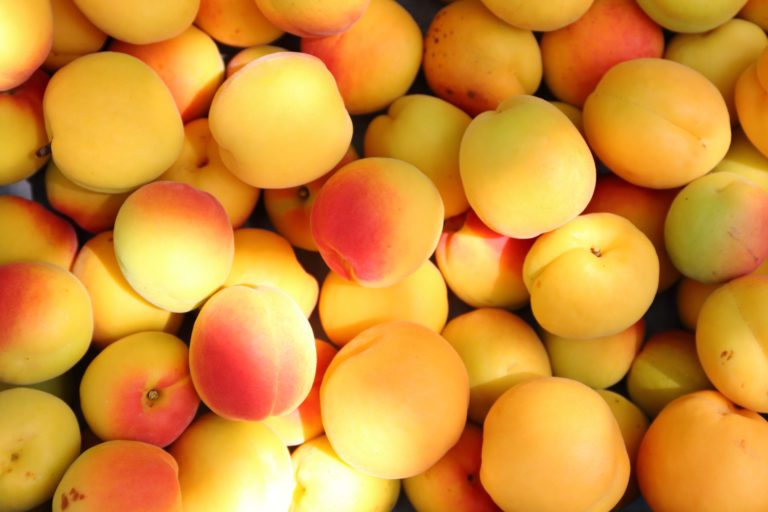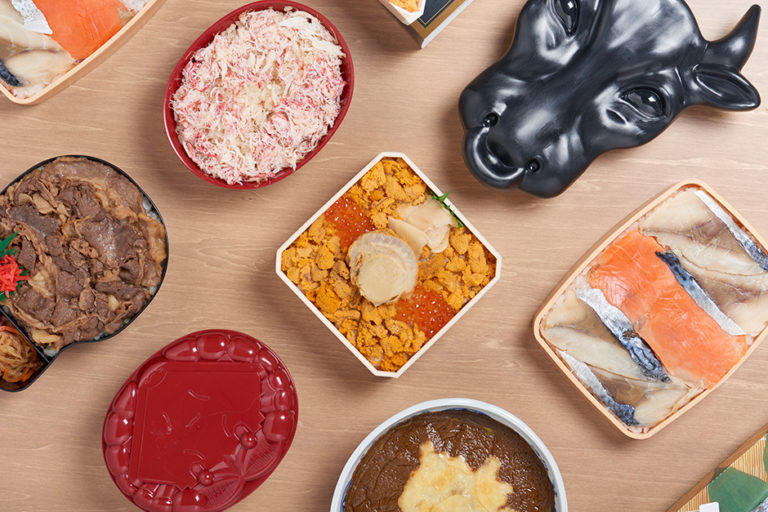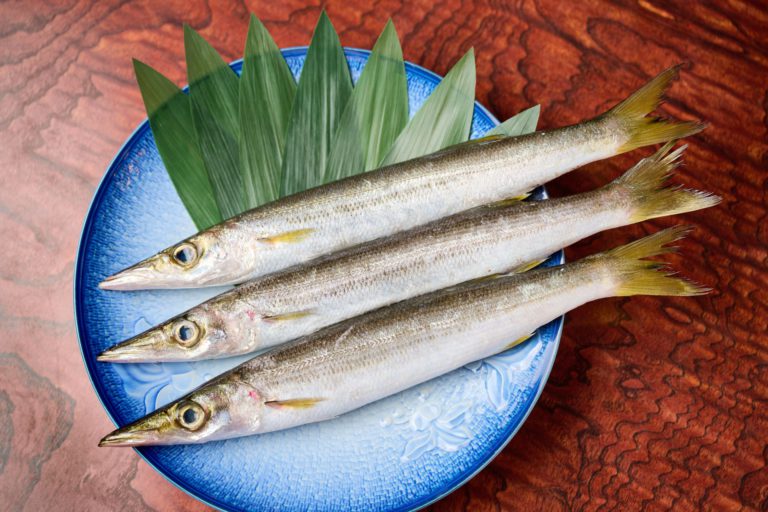Magical Tomato Grown in Sand and Colorful Western Vegetables
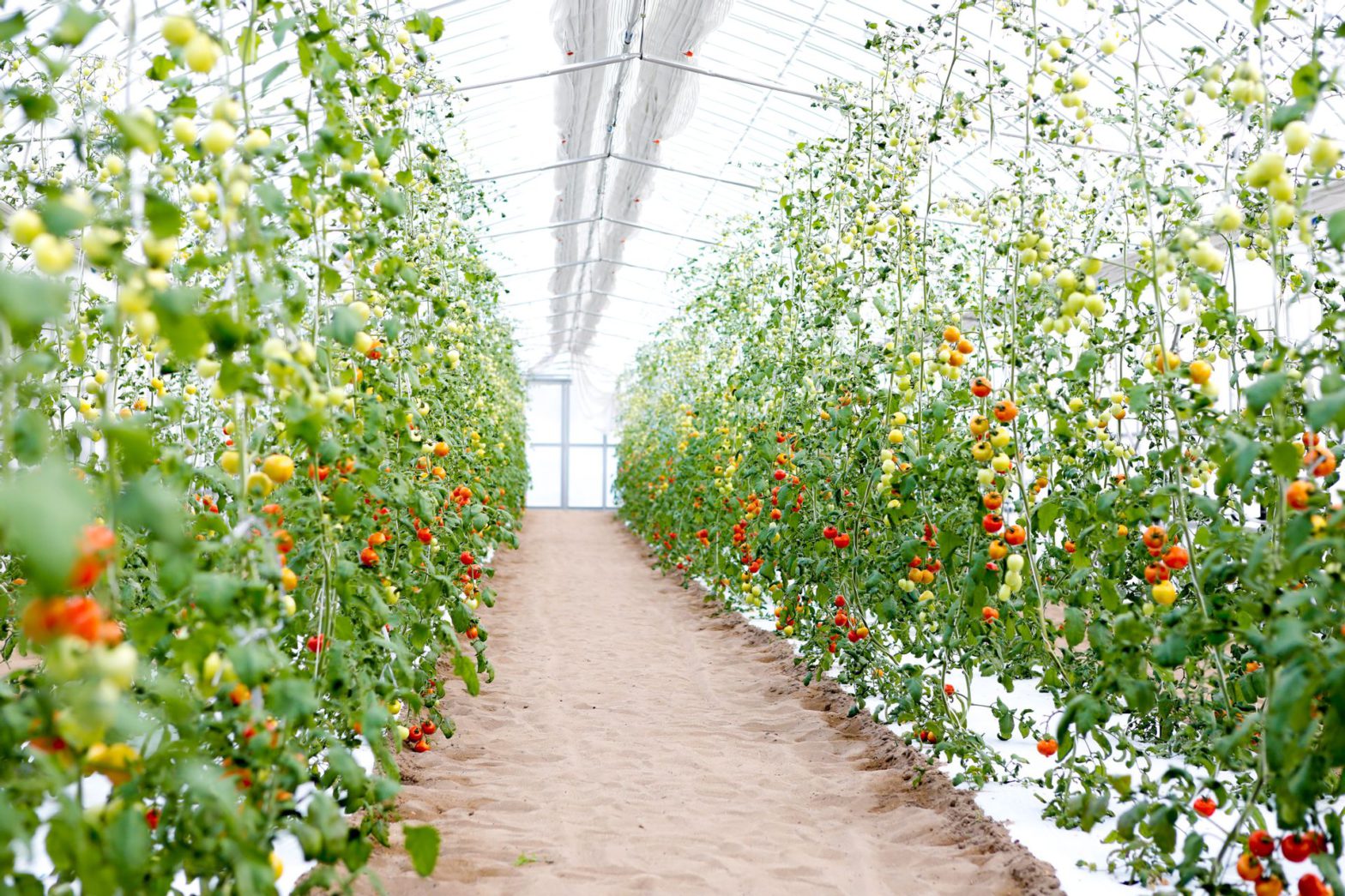
Sandy farm makes it easier to control moisture
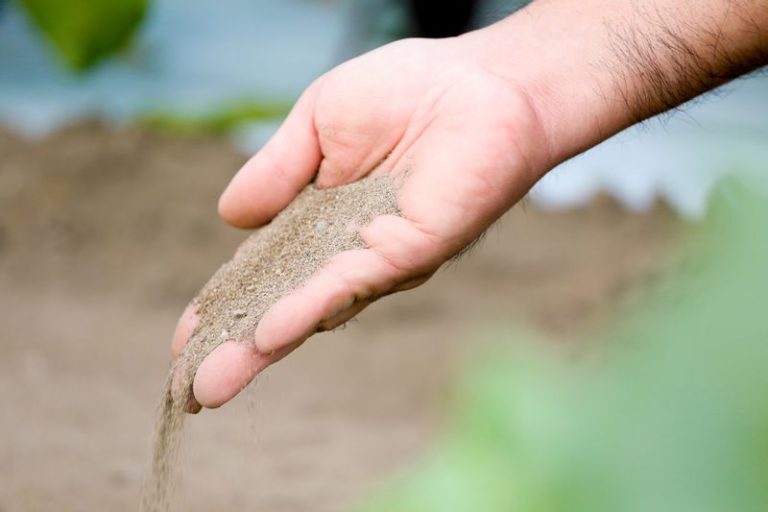
WaTom Farm is in Sanrihama Dune that stretches south-westerly for 12 km from Sakai’s Mikuni Port to the coast. As the name suggests, the soil is silky and sandy, and the region is famous for primarily growing rakkyo onions, watermelons, and daikon radishes.
Wataru Sasaki, one of the farm’s founders, said they chose the site because they wanted to grow a specific melon variety.
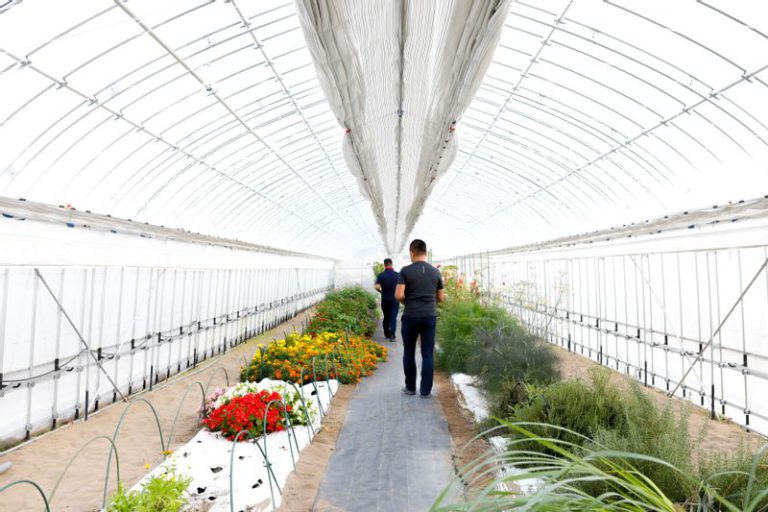
He explained, “I came across an exceptionally delicious melon called Hami, grown in the Taklamakan Desert, and found this place after looking for a similar environment to grow the melon in Japan. It’s a large melon that could reach 4 kg in weight, so we sell it as our summer product under the name, Dinosaur Egg ®. Fukui Prefecture is also famous for its dinosaurs, and the melon resembles a dinosaur egg.”
Sasaki said that since the sandy soil drains well and can retain enough water, it is easier to adjust the amount of water the crops require.
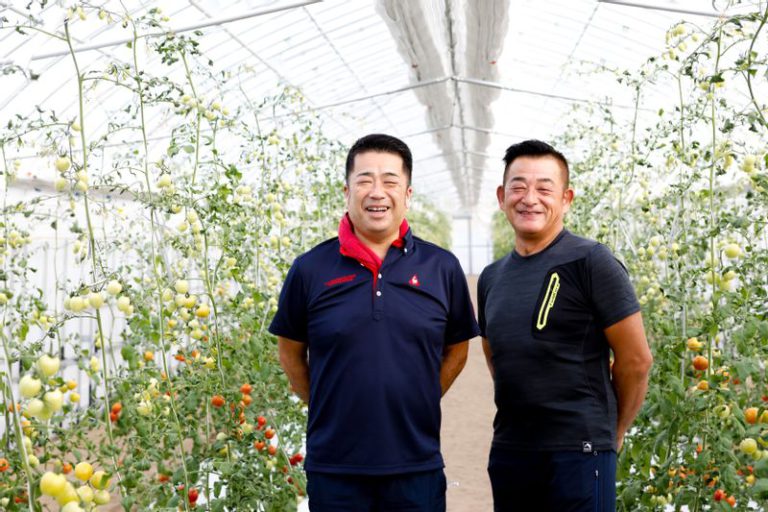
Sasaki and his co-founder Tsutomu Shinagawa launched WaTom Farm in 2008. The farm’s name, WaTom, is a combination of the duo’s names. Sasaki worked for a chemical manufacturer and Shinagawa for a chamber of commerce and industry, and neither had any farming experience.
“I wanted to work in food production, so I decided to quit my job and go into farming. As luck would have it, I met Wataru, who had the same idea. Since Wataru knows about chemicals, he’s in charge of fertilizer preparations and planting plans,” said Shinagawa.
To keep the cultivation methods unconventional, they self-taught themselves about agriculture. They have become Fukui Prefecture certified eco-farmers and are producing low-agrichemical, safe and unique vegetables.
Magical Tomato revolutionized the concept of tomatoes
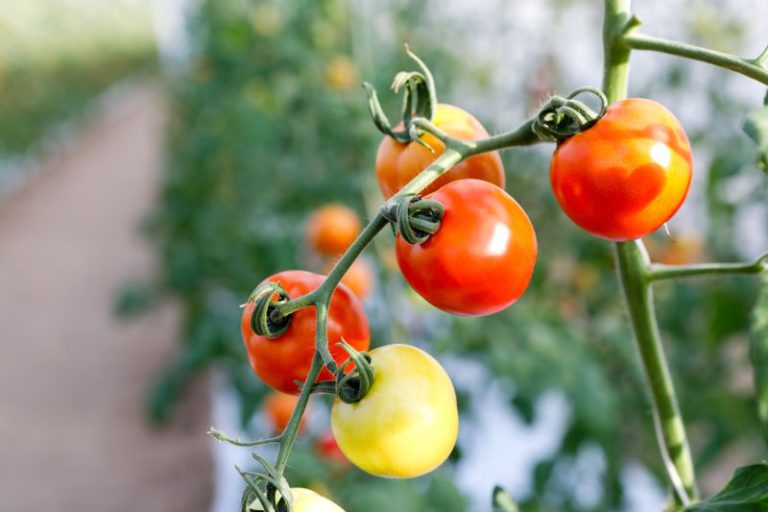
The duo primarily grows the shiny red, medium-sized Magical Tomato. The growing season is from June to November, and the tomatoes reach their full flavor in the fall when the summer heat subsides.
The reason it is called Magical lies in its distinctive flavor, which even people who aren’t fans of tomatoes enjoy. Picking and eating one Magical Tomato from a vine loaded with the fruit in the greenhouse, we found it to have a thin skin and a surprisingly juicy and plump flesh. It is mildly sharp, seedless, and tastes light.
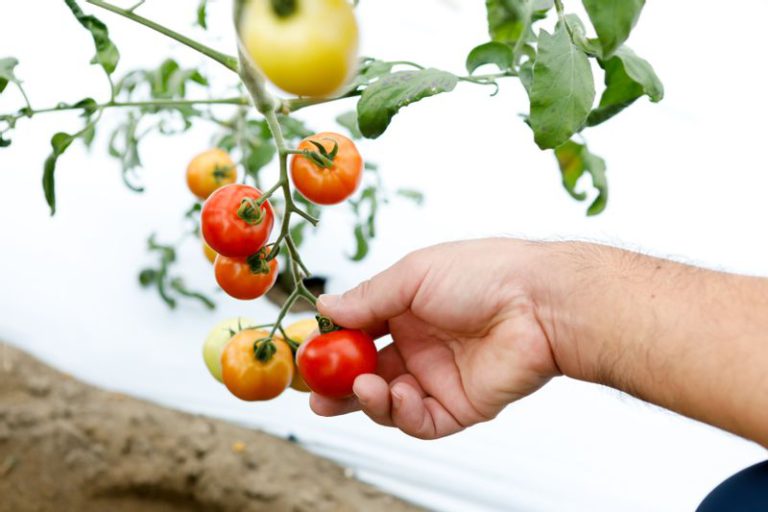
“Tomatoes are primarily disliked for their grainy flesh, sharpness, odor specific to tomatoes, and seeds, but Magical Tomato doesn’t have any of those. I think it tastes more delicious because the lack of sharpness accentuates its natural sweetness,” said Sasaki.
Growing seedlings of the same Magical Tomato at another farm does not produce the same result. The duo extensively research growing methods. Sasaki let us in on a little secret about their growing method.
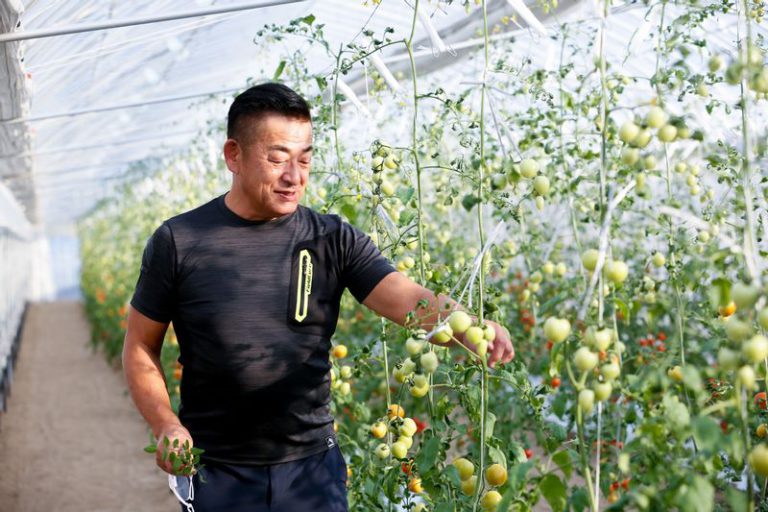
“When exposed to too much ultraviolet rays, tomatoes grow thicker skins to protect the fruit, so we adjust the amount of light they get by covering them. As a rule, tomatoes become sweeter if you don’t give too much water, but lack of water also causes the skin to thicken. So, we attentively listen to them and water if they appear thirsty and keep them cool if they look hot.”
WaTom Farm also engages in time-consuming work, including weeding by hand, as they do not use any weed killers, and string up the vines to keep them from breaking when the fruit gets big.
What they focus on the most in growing the tomatoes is to keep them stress-free. They produce magically tasty tomatoes by drawing out their natural sweetness to the fullest extent without forcing them to increase their sugar content.
Purveyors to chefs. Colorful Western vegetables and edible flowers.
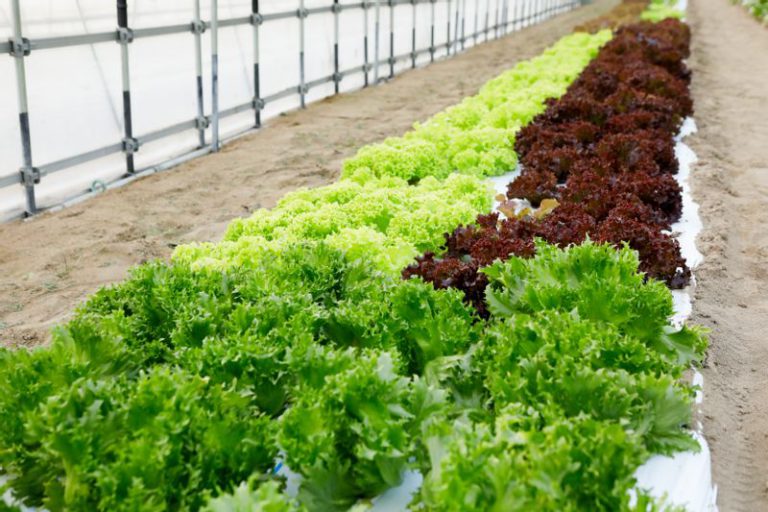
WaTom Farm also grows Western vegetables and edible flowers. When they started producing them with the desire to grow things no other farms were producing, they received orders from restaurants and food researchers, and their range of vegetables rapidly increased. They primarily grow Italian vegetables and vibrant red and purple daikon radishes. They grow about 120 varieties annually.
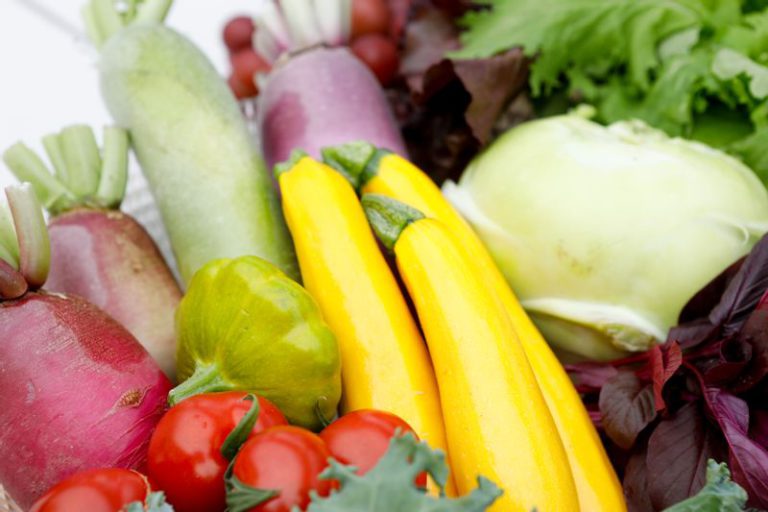
“We probably won’t be able to go abroad for a while due to COVID-19, but we used to go every year to find and test-grow rare vegetables. When we go abroad, we not only look for different varieties of vegetables, but also study the type and size of vegetables sold, how they are sold, and how they are cooked in restaurants,” said Sasaki.
At the time of our visit, they were growing cauliflowers, Romanesco broccoli, kohlrabi—also called German turnips, varieties of lettuce, including lollop rosso, mustard leaf, and so on. All of them were unique in color and shape, and it was fun just looking at the farm.
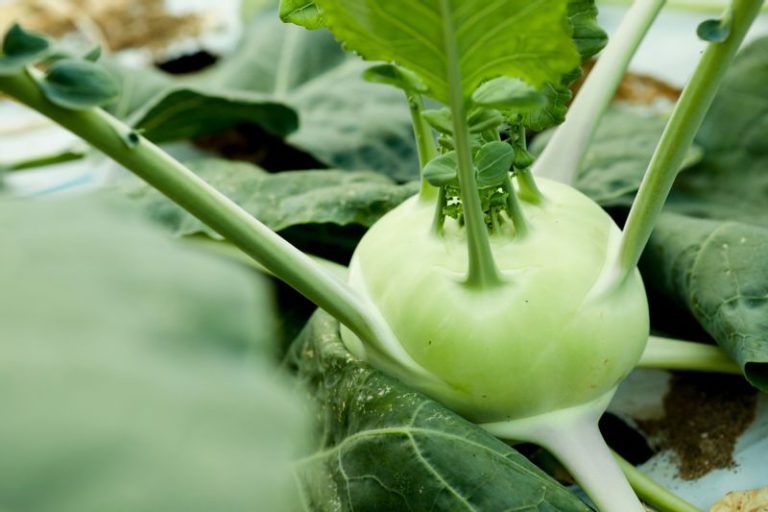
As we went to another greenhouse, we found an area where red and pink flowers were blooming in profusion. A rare variety of Australian fuchsia, sweet alyssum with adorable small white flowers, edible flowers and herbs are grown there. We rarely see them in supermarkets, but they play significant supporting roles in French and Italian restaurants, gracing the plates. It is by no means an easy task to produce beautiful flowers without using agrichemicals as much as possible, but again, Sasaki’s unique method comes into play here.
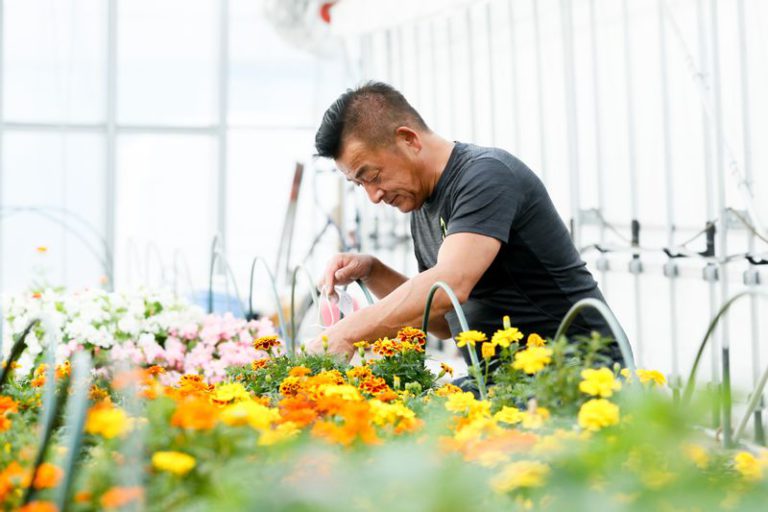
“We cover the greenhouse walls with a very fine, 0.4 mm mesh. The smallest insect that plagues these plants is 0.4 mm, so the mesh prevents them from entering. We also apply agrichemicals following the moon’s waxing and waning to keep at a minimum. Just as corals spawn when the moon is full, insects lay eggs actively in the full moon and new moon. It’s more efficient to spray agrichemicals before they lay eggs.”
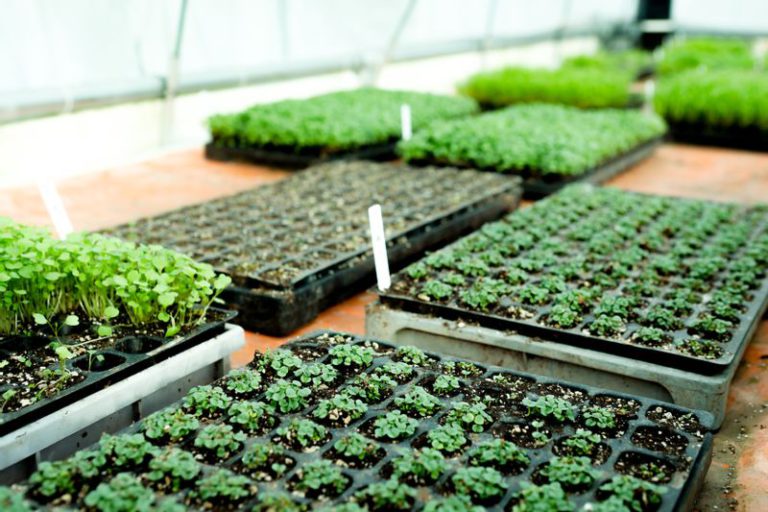
Freshness is vital to edible flowers and herbs. The farm mainly grows varieties with a long shelf life so that restaurants can use fresh ones, and it grows micro leaves such as arugula and fennel in small batches and ships them with the roots attached. WaTom Farm is scattered with unconventional and innovative ideas.
A desire to provide vegetables that are delightful to look at and delicious to eat.
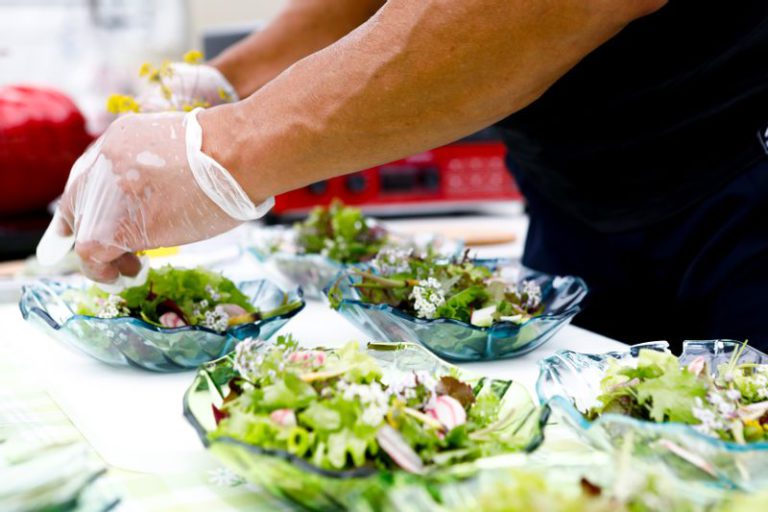
Before we left, we enjoyed a full-course meal made with the farm’s vegetables at a table laid out at the back of the greenhouse. Sasaki and Shinagawa prepared every dish by hand. They say they come up with fresh ideas for enjoying the vegetables they grow every day and treat visitors to the farm.

The meal started with a glass of sparkling water with lemongrass and kaffir lime, followed by a salad of several varieties of lettuce and edible flowers, Magical Tomato soup, and colorful grilled vegetables. Every dish was seasoned minimally to let us savor the taste and aroma of the ingredients.
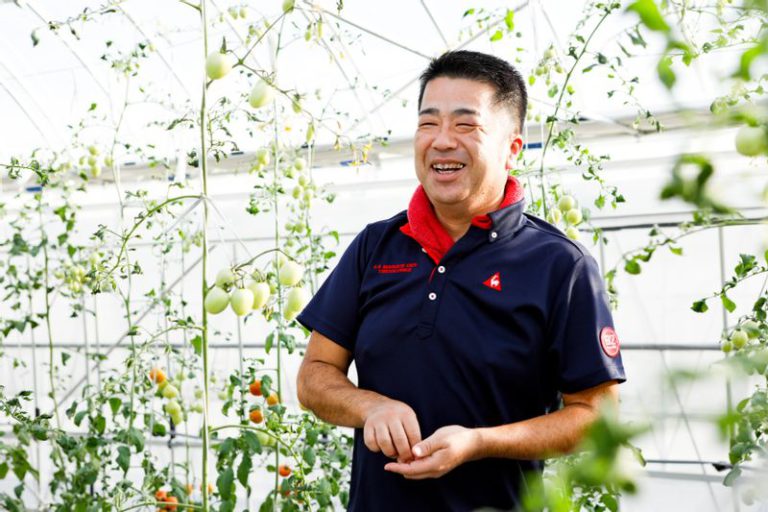
Shinagawa said with a smile, “Food is essential for people to live. We will continue producing safe and fresh vegetables that are delicious and fun to look at.” He appeared to be enjoying farming wholeheartedly.
Quirky vegetables and edible flowers increase the joy of eating. Why not incorporate them into your everyday diet?
Magical Tomato from Fukui
Source:Wataru Sasaki, WaTom Farm
Peak Season
June to November
Tips
(Spring & Fall)
Since the tomatoes ripen on the vine and are picked, choose vividly colored, bright red, or dark red ones.
They provide a smooth and deep flavor.
(Summer)
Since tomatoes ripen quickly in the hot weather, choose ones that are full and shiny.
They will give a refreshing and light flavor.
How to enjoy them
(Spring & Fall)
They are versatile so enjoy raw or cooked, for example, fried, stewed, etc.
(Summer)
Slice them to use in salads or a Caprese.

